However, even as the number of Green Sea Turtles fished every year decreases, and populations increase, the available habitat for nesting remains a significant problem. Population growth and shoreline development transform nesting beaches into places where turtles cannot nest undisturbed or cannot physically access. In the windward Society Islands, Tetiaroa is the only island that provides an undisturbed nesting site for turtles. This makes it not only a critical sanctuary for turtles but also an important site to study these fascinating animals. Because of this the protection of Green Sea Turtles on Tetiaroa is a major part of Tetiaroa Society’s Conservation Program.
Green turtle
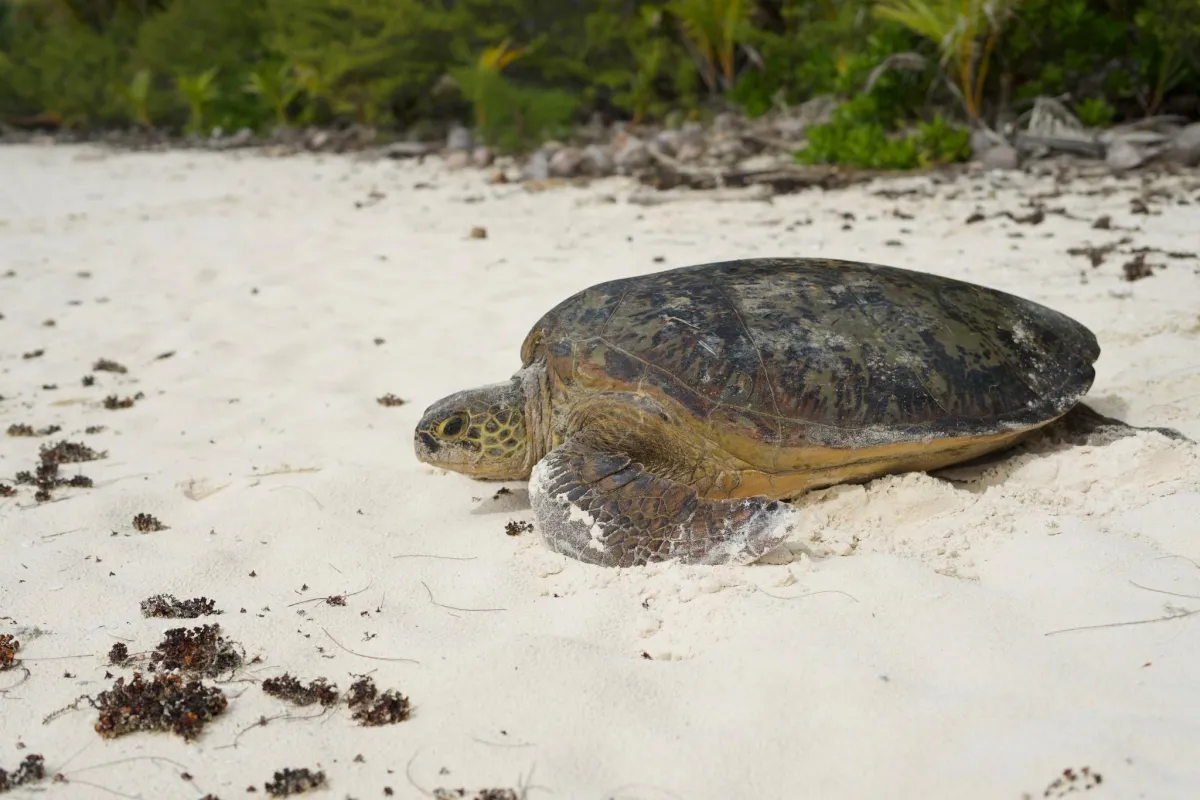
Chelonia mydas
The green turtle lays its eggs regularly in French Polynesia
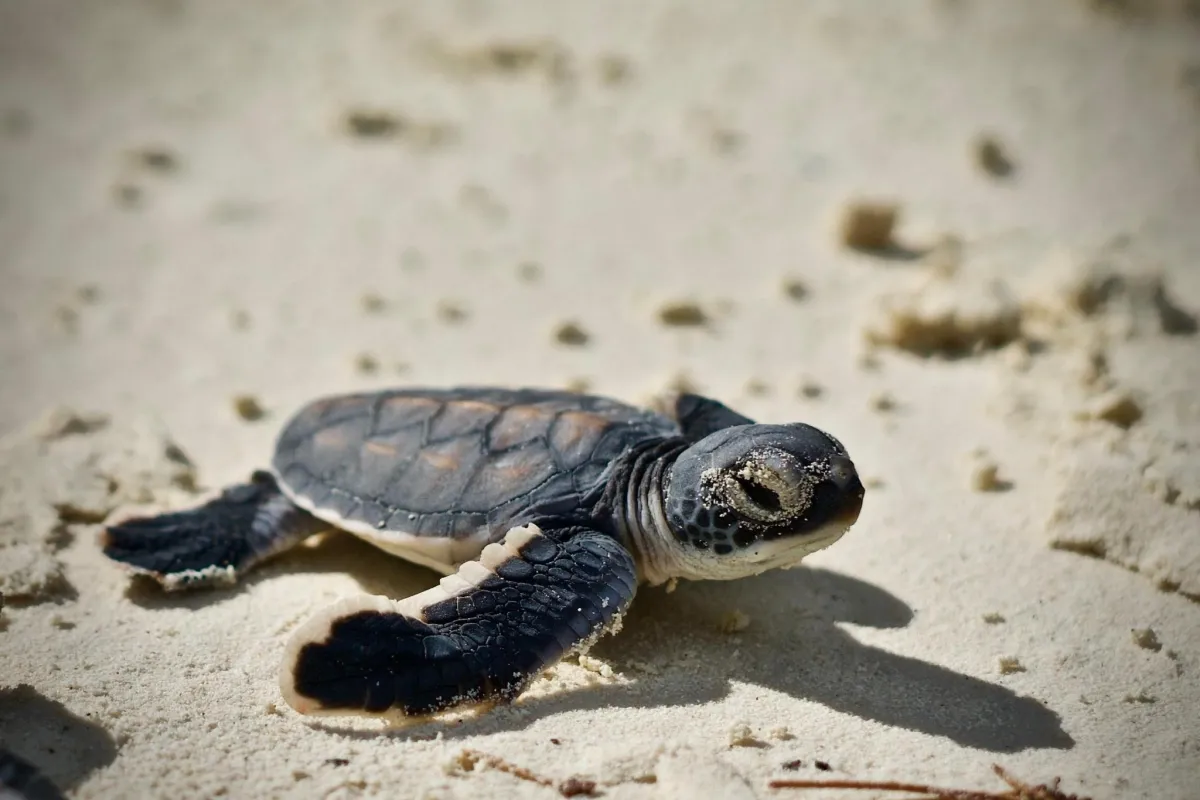
Chelonia mydas
Juvenile Green turtle
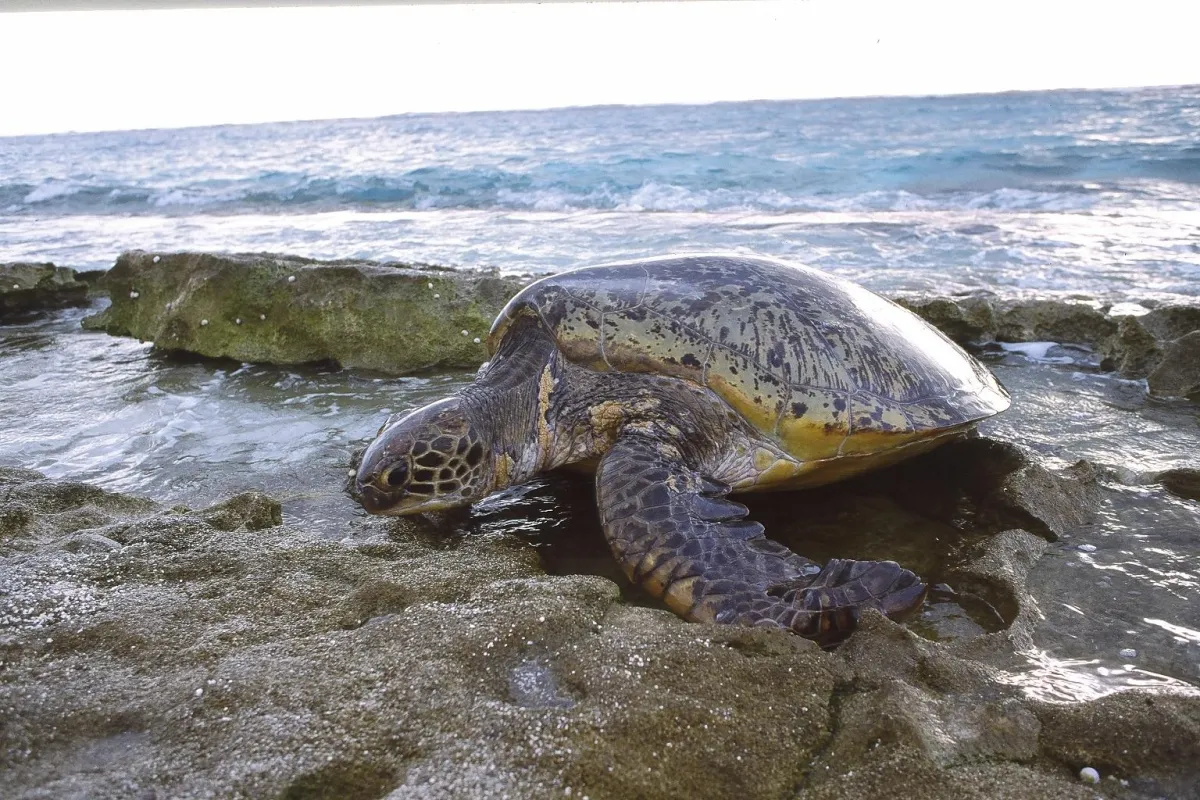
Chelonia mydas
Heading towards her nest
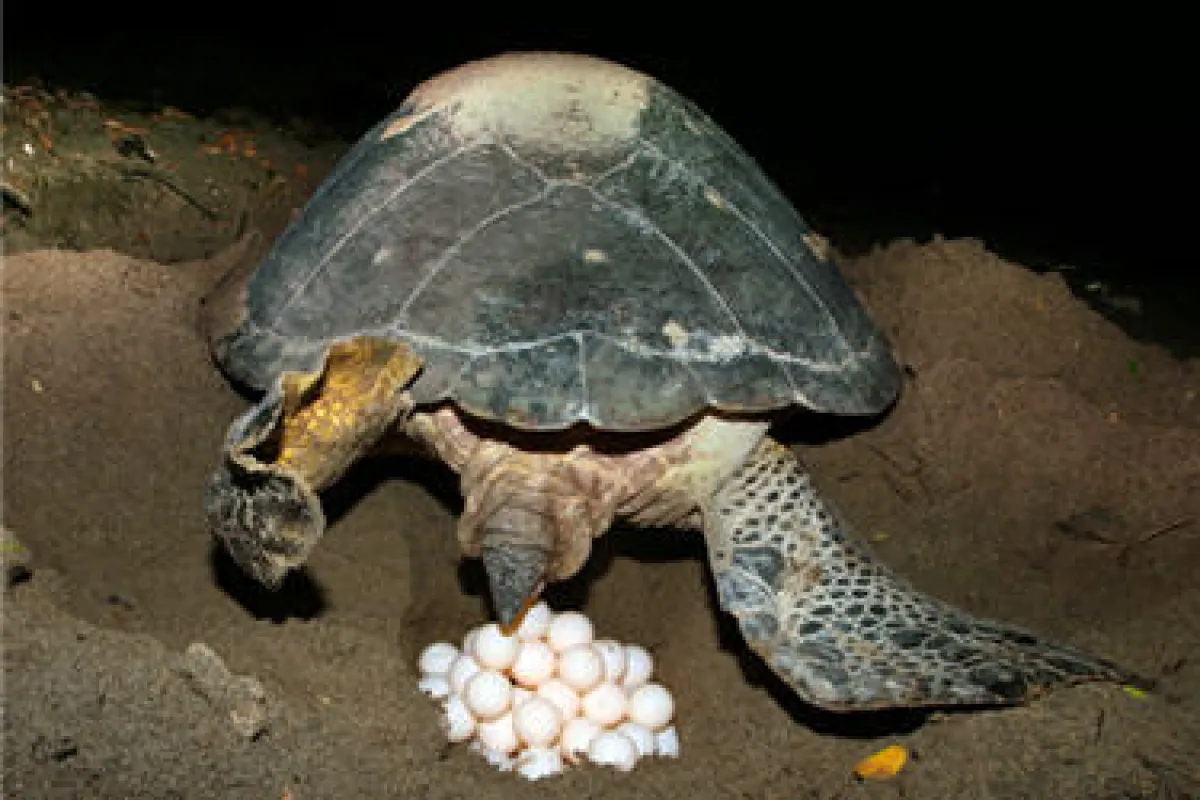
Chelonia mydas
Eggs in the nest
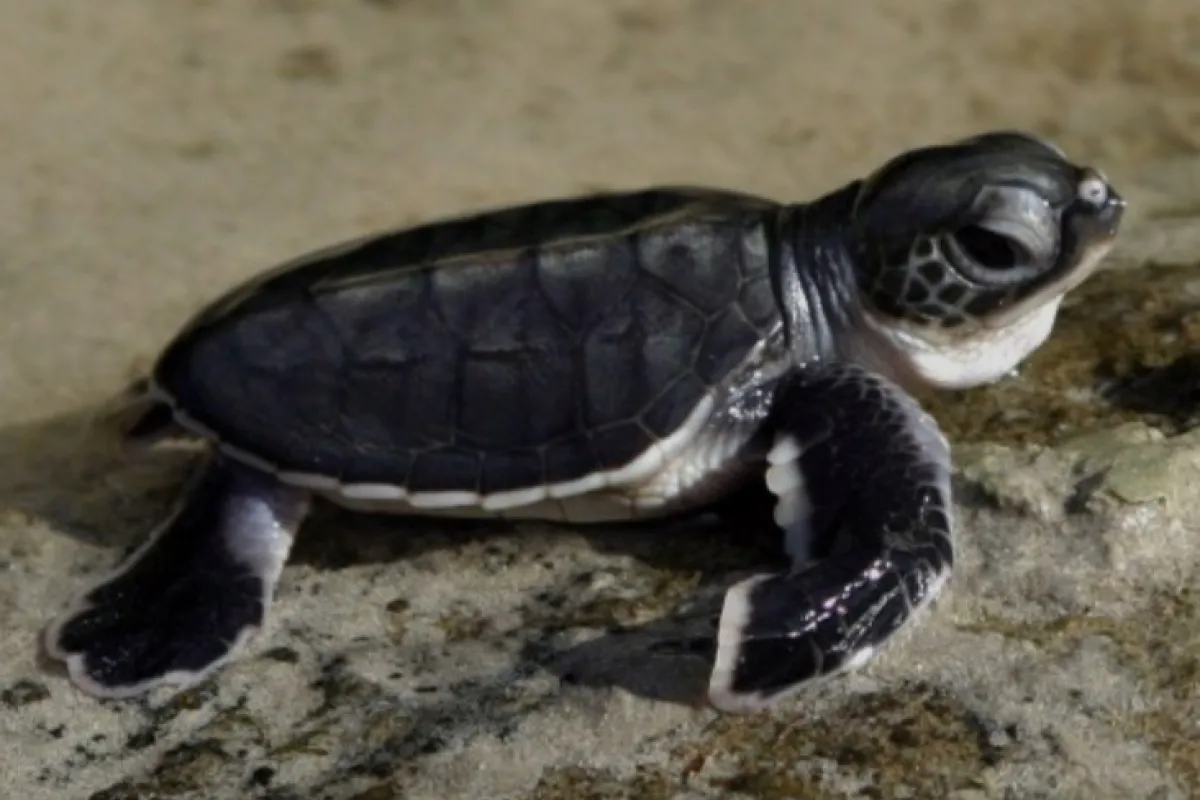
Chelonia mydas
a hatchling on the move
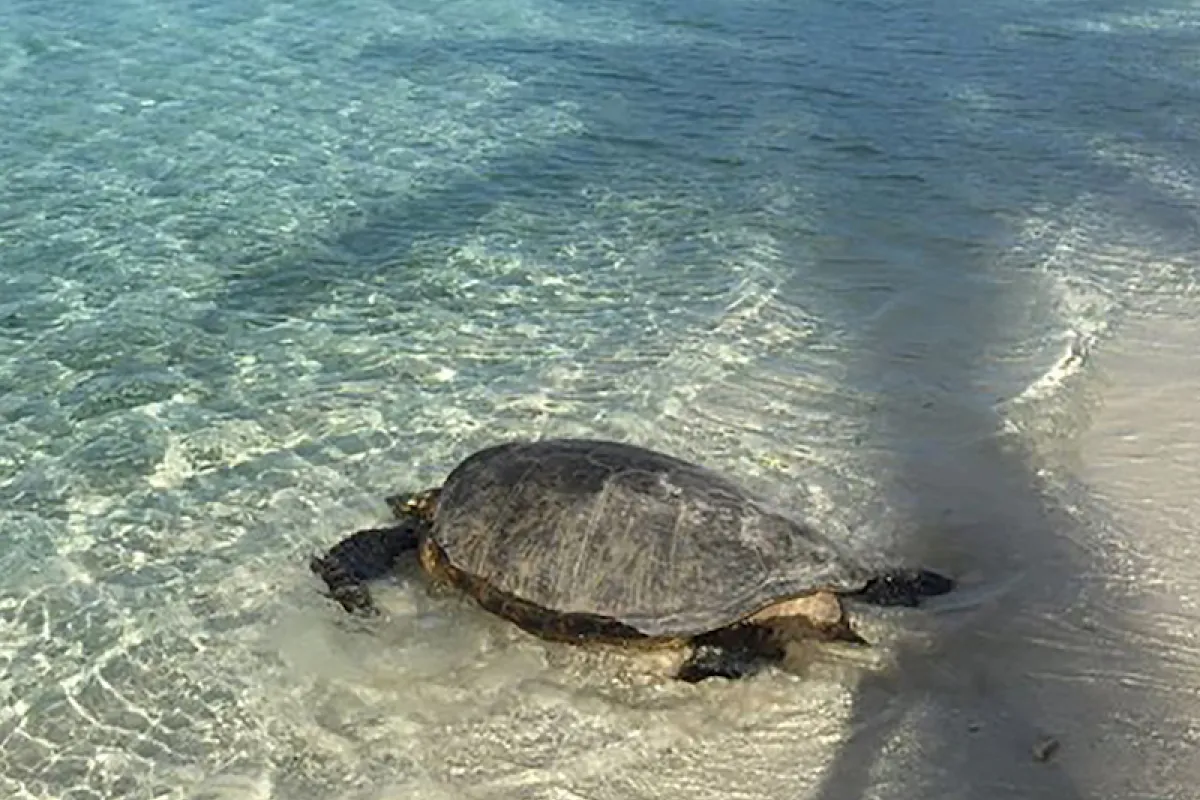
Chelonia mydas
Chelonia mydas on the beach on Tetiaroa atoll
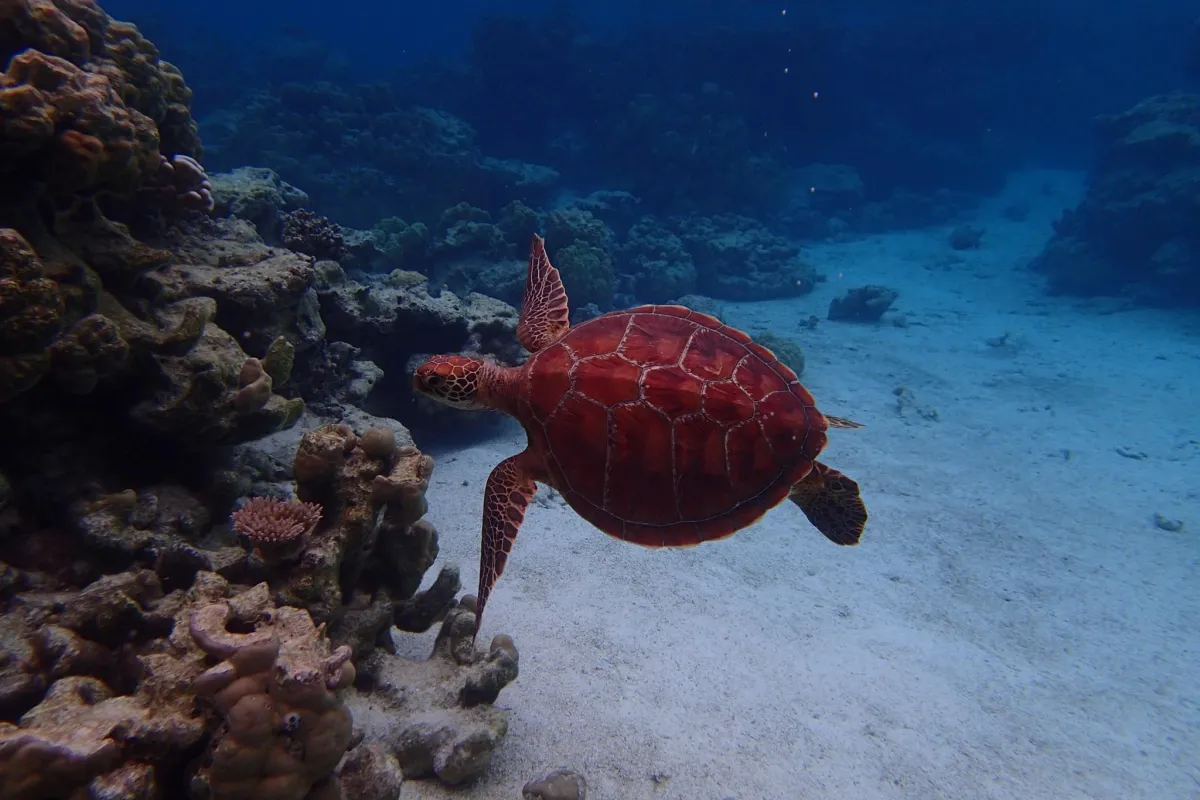
Chelonia mydas
gliding
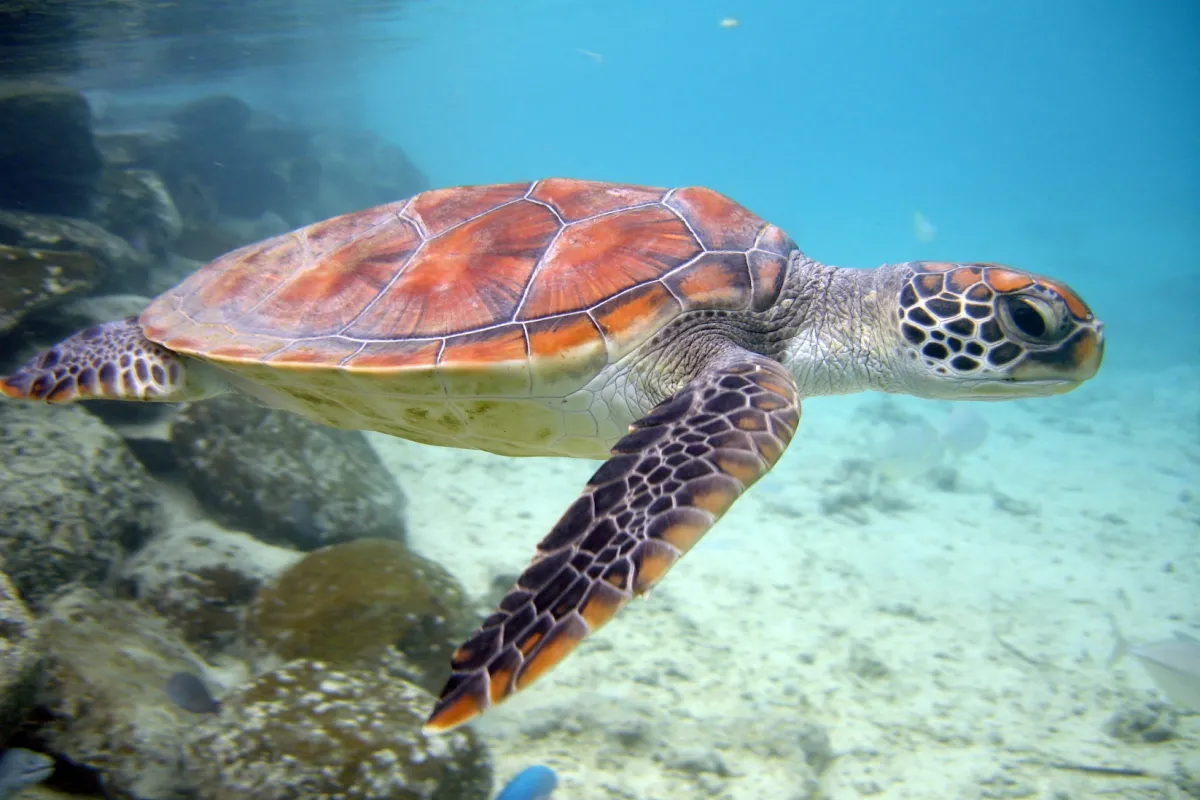
Chelonia mydas
Green sea turtle
Honu
The green turtle lays its eggs regularly in French Polynesia. There are 3 major nesting sites identified in Polynesia: The atoll of Tetiaroa, and the atolls of Scilly and Bellinghausen, in the Tuamotu archipelago, which have been classified as a territorial reserve. A spawning follow-up is carried out annually on Tetiaroa with the association Te Mana O Te Moana.
Green Turtle
The Green Sea Turtle, Chelonia midas, or Honu in Tahitian, is one of the most fascinating animals in the ocean, and Tetiaroa plays a key conservation role for the local population.

Green Sea Turtles are by far the most common turtle species in French Polynesia. Their name comes from the color of a fatty layer under the shell which is tinged green because of the adult’s herbivorous diet of sea grass and algae. The species is found all through the tropical oceans, and they are known to travel long distance between feeding and nesting sites.
The turtles nesting on Tetiaroa have been tracked across the Pacific to Fiji, but even on these long migrations the turtles, male and female, always return to the island they were born on.

Turtle tracks lead to the lagoon

The rush to get to the lagoon
The life cycle of Green Sea Turtles on Tetiaroa begins at night, when the young hatch in a nest dug deep into the sandy beach of one of the motu. The hatchlings struggle to the surface and, possibly guided by the light of the moon on the water, head down the beach to the water’s edge.
Here they instantly switch from commando crawl to the breast stroke that will take them out over the reef and into the open ocean. Young turtles are omnivorous during their years on the ocean, and are also fed upon by a wide variety of predators. It is estimated that 1 in 100 turtles reach 1 year old, and 1 in 1000 reaches sexual maturity. They don’t reach sexual maturity until they are 20-25 years old and then begin making yearly visits to islands to mate and give birth.
This energetic and healthy baby turtle is trying to get outside of the lagoon. It must get over the barrier reef as fast as possible to escape its predators in the lagoon, then swim far from the island. It will not stop swimming for 2 weeks, after which it will start a very mysterious life in the wide open ocean… The turtles are not usually seen again around our islands until their shells measure about 40 cm long.
As adults they become almost entirely herbivorous and then rely on seagrass and algae found in shallow water. It is at this time that they commence long migrations between feeding and breeding grounds that can be over 3,000km.

Green turtle munching on seagrass in the lagoon

On breeding grounds, like Tetiaroa, the males swim offshore searching for females to mate. Females move from mating offshore to the island’s beaches to lay eggs. A female may mate and lay eggs up to 10 times in one season, in 15-day intervals, each time producing 60-110 eggs.
Green Sea Turtles can live to 100 years old, by which time a female could lay upwards of 30,000 eggs.
In pre-European times the Polynesian people considered honu to be sacred, an animal of the ocean that comes on land to nest, thus connecting the two worlds of this island culture. Turtles were known for power, tenacity, courage, and long life, and were frequently claimed as totems by Polynesian families.
In the 20th century, Green Sea Turtle populations in French Polynesia and around the world crashed due to human exploitation and destruction of nesting habitat. Beginning in the 1970’s local and international laws began to restrict turtle fisheries and start a long period of recovery. Long-term studies done in Hawaii have shown a remarkable repopulation of turtle stocks. Likewise, monitoring work on Tetiaroa by the local non-profit Te Mana o Te Moana has recorded a substantial increase in nesting over the last 11 years, with a record number of nests in 2018.


Turtle tagging
Breeding season on Tetiaroa is usually October to March and Te Mana o Te Moana researchers are present throughout this time to study the turtles. The team walks the beaches of the motu on a nightly basis, watching for females to photo ID, mapping nests, and monitoring hatchling success.
This invaluable work is supported by The French Polynesia Department of the Environment, The Brando Resort, Tetiaroa Society, Vilebrequin, Hinerava, IFDB - Institute for Business Development, Van Oord, Prince Albert Foundation 2, Mireille and Richard Bailey, and Carl Swan.
When The Brando Resort was built the beaches surrounding it were left undisturbed, so now Green Sea Turtles nest all around the hotel. During the breeding season guests of The Brando Resort often have a chance to accompany Tetiaroa Society guides to see female turtles digging nests and laying eggs, or hatchlings scurrying down the beach to the water. Seeing these amazing animals in their natural habitat is an experience that will not soon be forgotten.

The Story of Viteline, one lucky turtle

She was brought to the turtle care center on Moorea by the Te Mana o Te Moana team and put under the care of their veterinarian. As she grew, her carapace began to show signs of deformation, probably due to abnormal fusing of some of her vertebrae. This deformity affects her range of motion.
Viteline is over 18 months old now, and she is still at the Turtle Care Center. The ultimate goal of this center is to heal the turtles to release them in the 'big blue' as soon as their condition allows. But this step is still far in the future for Viteline, as it will be necessary to wait till she shows that she can move with agility, dive for food, grow at a normal rate, and eat a 'perfect' green turtle diet.

